Gravitons Beetheory
Do Gravitons Exist? A Deep Dive into Gravity and BeeTheory’s Revolutionary Perspective
Gravity—one of the universe’s most fundamental forces—has intrigued scientists and philosophers for centuries. Despite its omnipresence, gravity remains an enigmatic phenomenon. In the realm of quantum physics, this enigma often leads to the concept of the graviton, a hypothetical quantum particle believed to mediate gravitational interactions.
But do gravitons exist? This page explores the current state of graviton research, the challenges it faces, and BeeTheory’s revolutionary approach to understanding gravity, which transcends the need for gravitons altogether. Explore BeeTheory’s Wave-Based Gravity Model here.
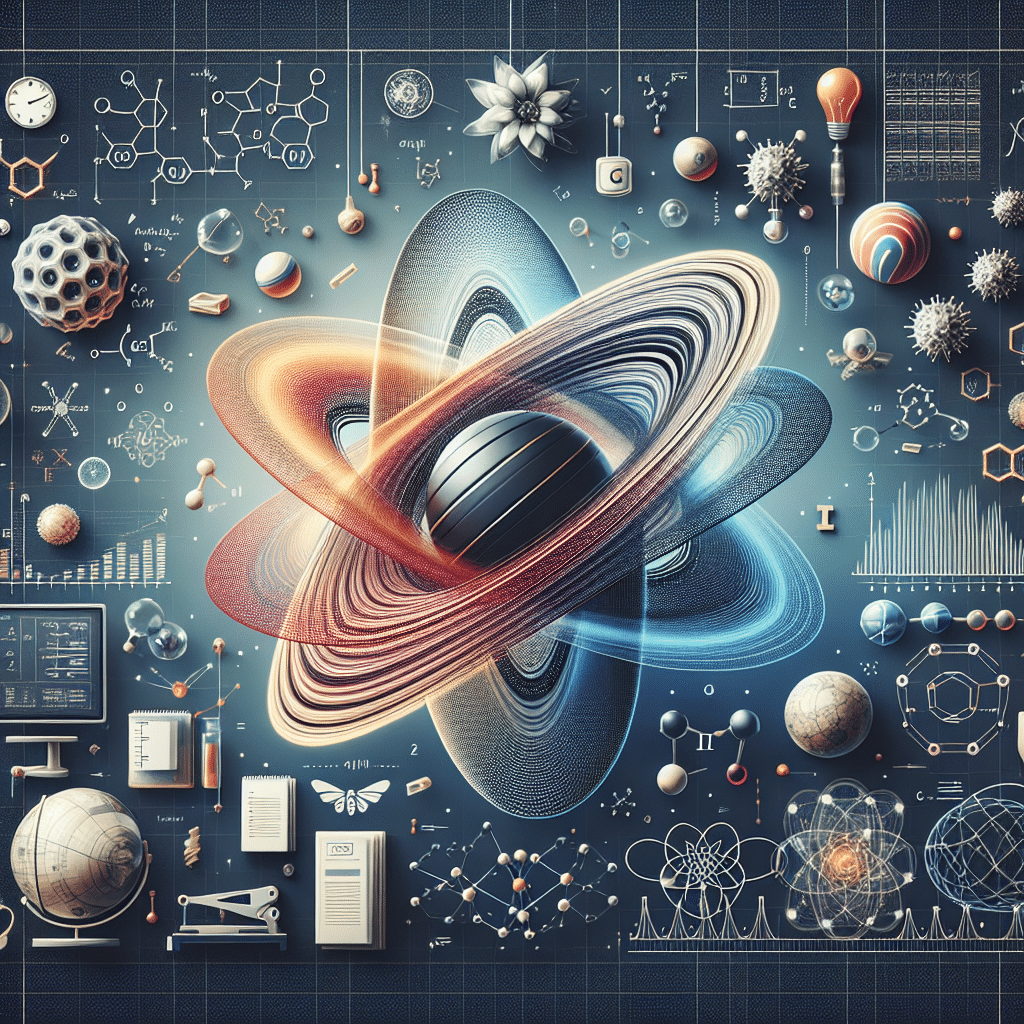
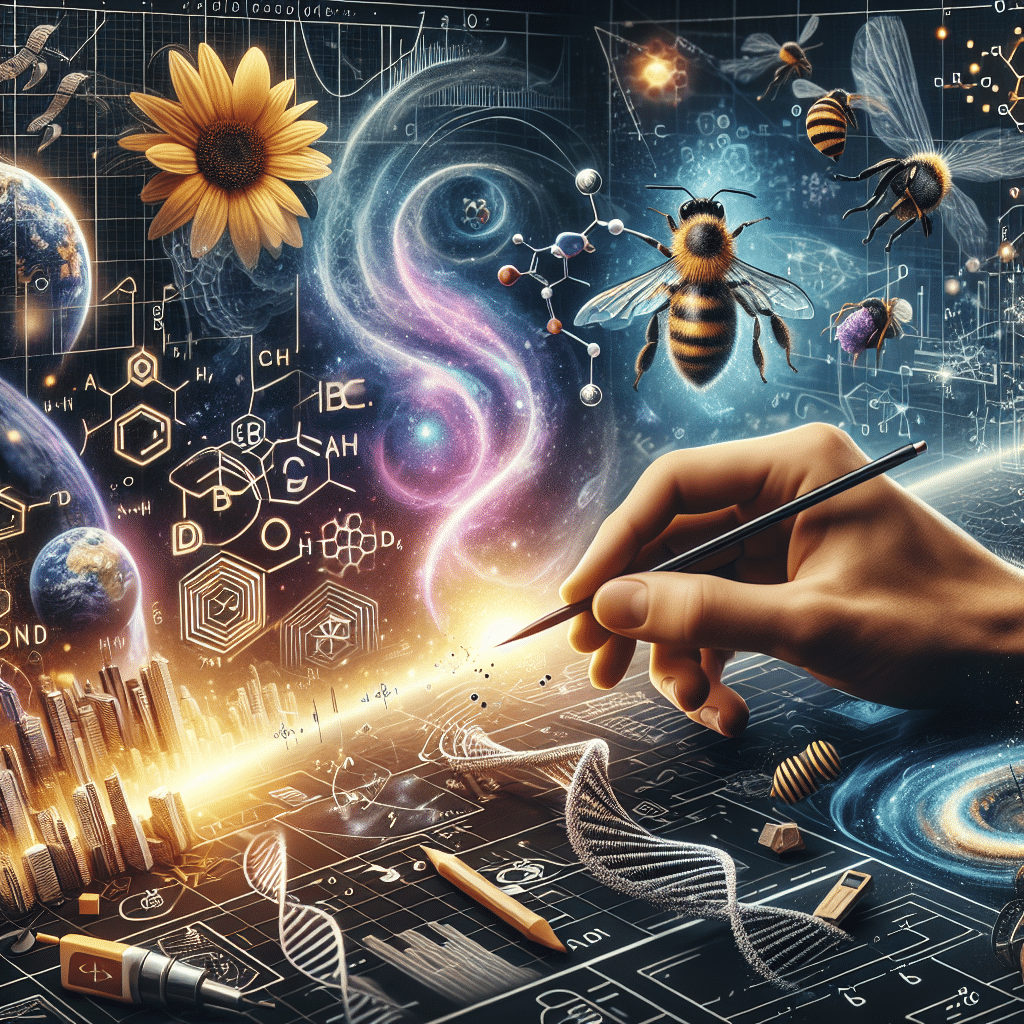
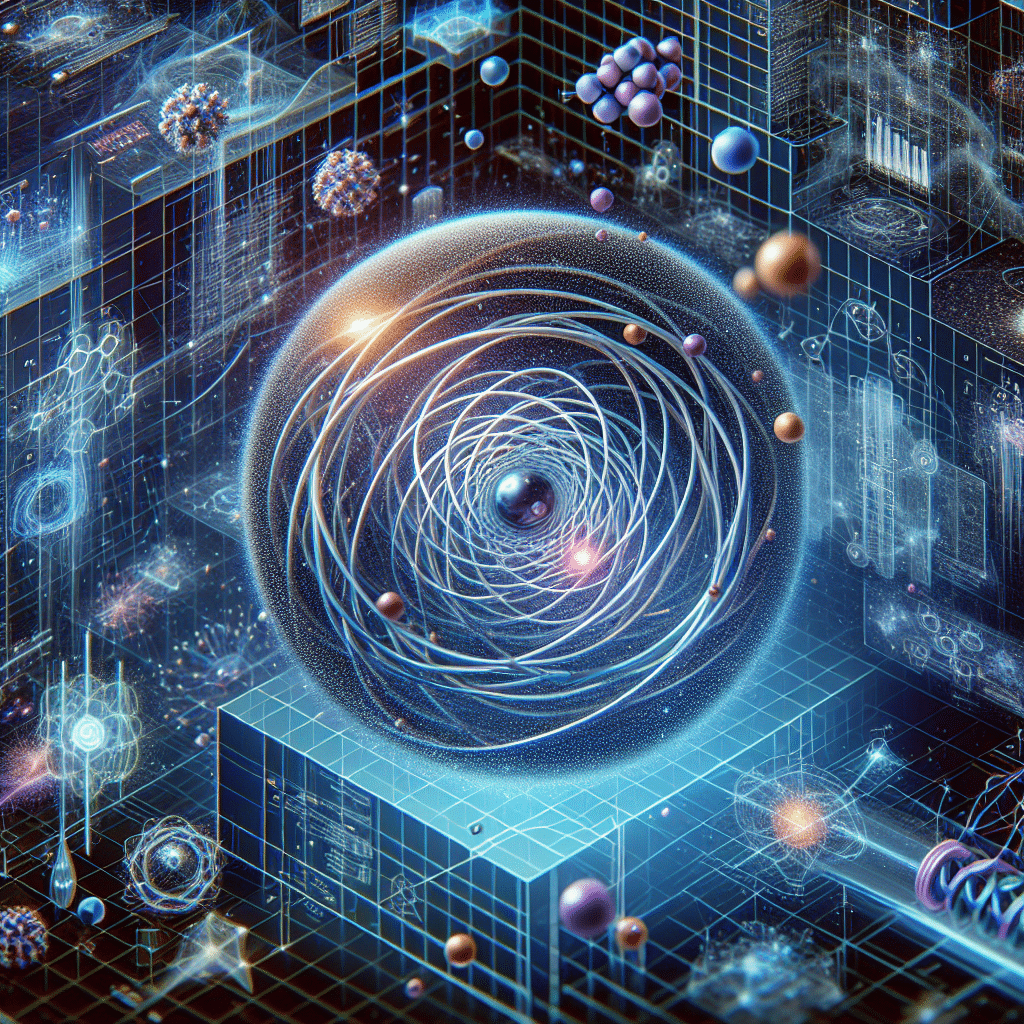
1. The Graviton: A Hypothetical Particle of Gravity
Gravitons are proposed quantum particles associated with gravity, functioning as mediators of the gravitational force in the framework of quantum field theory. The analogy to photons, which mediate the electromagnetic force, has made the concept appealing to physicists attempting to unify quantum mechanics with general relativity.
At the heart of graviton theory lies the quantum field description of spacetime. In this approach, spacetime is treated as a field where excitations—analogous to particle-like quanta—represent gravitational interactions. Gravitons, as spin-2 particles, differ fundamentally from photons (spin-1) and scalar bosons (spin-0), making their theoretical properties unique in quantum physics. Their tensorial spin nature allows gravitons to influence spacetime curvature, consistent with Einstein’s field equations.
Properties of Gravitons
- Massless: Gravitons are theorized to have zero mass to explain gravity’s infinite range.
- Spin-2: Their unique quantum spin reflects their tensorial nature, corresponding to the curvature of spacetime in general relativity.
- Propagation: They are expected to travel at the speed of light, consistent with relativistic principles.
Despite these theoretical predictions, gravitons remain unobserved, leading to fundamental questions about their existence.
2. Challenges in Detecting Gravitons
Gravitons, if they exist, interact extraordinarily weakly with matter. This presents formidable challenges to their detection:
- Weak Coupling: Gravitons’ interactions are so feeble that any signal would be swamped by noise from other forces.
- Planck-Scale Energy: Experiments capable of probing the Planck scale (~1019 GeV), where quantum gravitational effects dominate, are beyond our current technological capabilities.
- Gravitational Waves vs. Gravitons: While gravitational waves, detected by LIGO and Virgo, confirm the dynamic nature of spacetime, they do not provide evidence for the discrete quantization of gravity.
Theoretical calculations suggest that the probability of a graviton interacting with a detector is vanishingly small, requiring devices larger than entire solar systems to generate measurable results. This scale of weakness underscores the fundamental difficulty of bridging the observable and theoretical aspects of graviton physics.
Freeman Dyson famously argued that detecting individual gravitons might be fundamentally impossible due to quantum decoherence over cosmological scales.
3. Theoretical Challenges in Quantum Gravity
The graviton hypothesis is part of broader attempts to develop a quantum theory of gravity. However, several theoretical roadblocks have emerged:
- Non-Renormalizability: Traditional quantum field theories involving gravitons produce infinite results at high energies, rendering them non-renormalizable.
- Incompatibility with General Relativity: General relativity describes gravity geometrically, while quantum mechanics treats forces as mediated by particles, creating a fundamental tension between the two frameworks.
This tension arises because general relativity operates on a smooth, continuous spacetime manifold, while quantum mechanics introduces discrete, probabilistic interactions. Attempts to reconcile these frameworks often result in infinities or inconsistencies, highlighting the need for a unified theory of quantum gravity. String theory and loop quantum gravity are among leading candidates, yet both introduce their own mathematical and conceptual complexities.
4. Beyond Gravitons: BeeTheory’s Wave-Based Gravity
BeeTheory introduces a groundbreaking perspective: gravity is not mediated by particles but is a wave phenomenon intrinsic to spacetime dynamics.
Core Principles of Wave-Based Gravity
- Wave Dynamics: Gravity is described as oscillations or distortions in spacetime, naturally explaining phenomena such as gravitational waves.
- Emergent Gravity: In BeeTheory, gravity emerges from the collective behavior of spacetime, without requiring discrete particles.
- Compatibility with Observations: The wave-based model integrates seamlessly with gravitational wave data and cosmological measurements.
Wave-based gravity models emphasize the continuous nature of spacetime, where gravitational interactions occur as collective oscillations rather than discrete events. This approach circumvents the theoretical difficulties of particle-based gravity while maintaining consistency with observed phenomena.
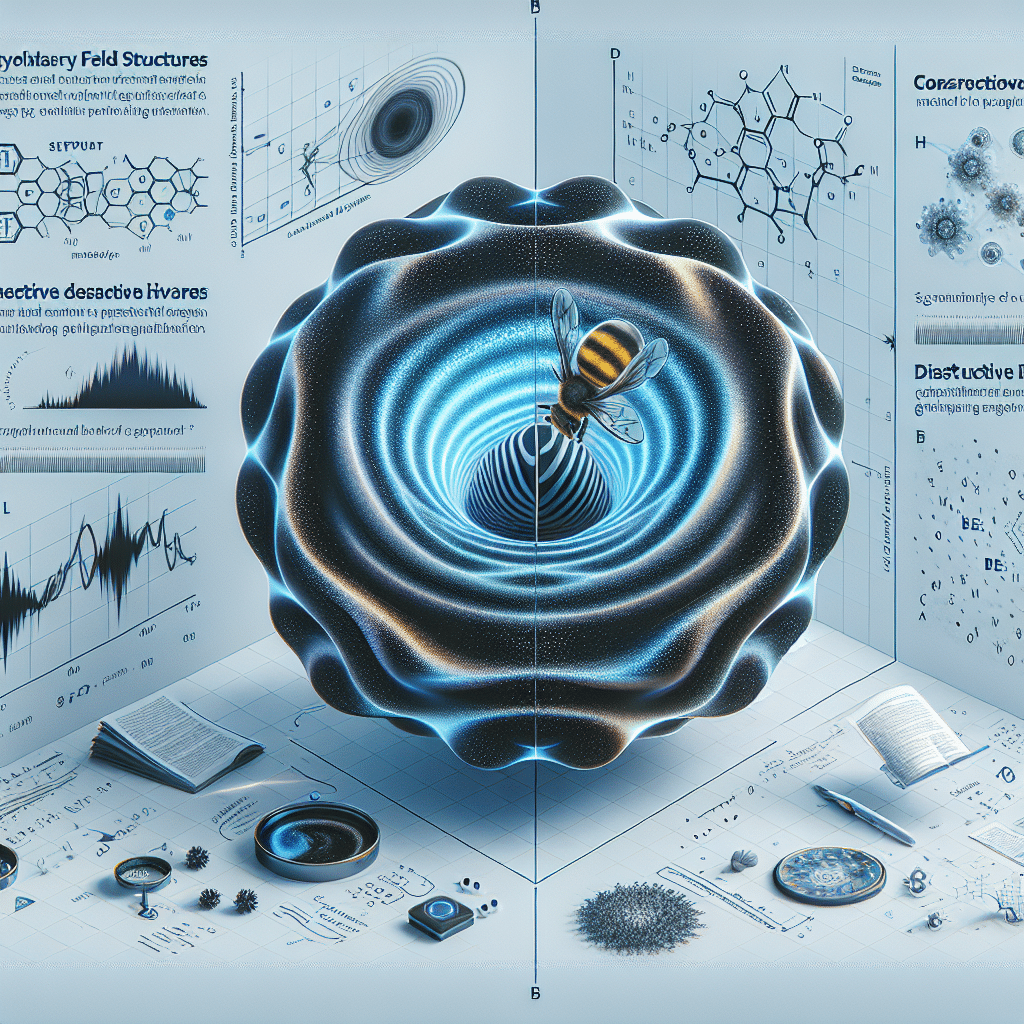

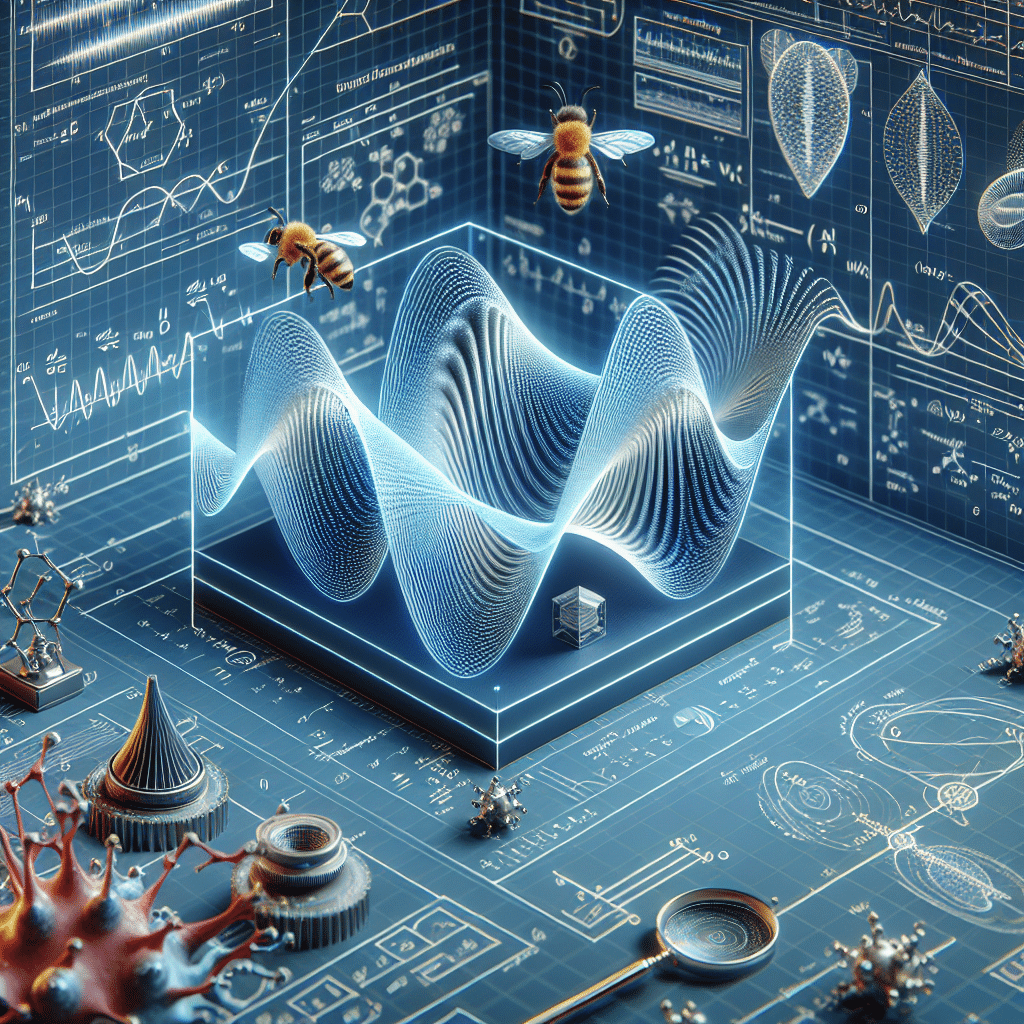
5. Experimental Evidence Supporting BeeTheory
While gravitons remain elusive, evidence for BeeTheory’s approach is found in observations of gravitational phenomena:
- Gravitational Waves: The detection of gravitational waves demonstrates that gravity propagates as a wave, aligning with BeeTheory’s framework.
- Cosmic Observations: Phenomena such as the cosmic microwave background radiation and galaxy rotation curves can be explained without invoking dark matter particles or gravitons.
Recent advances in high-precision interferometry, such as LISA (Laser Interferometer Space Antenna), aim to probe gravitational waves at unprecedented resolutions. BeeTheory predicts subtle wave interference patterns, which, if observed, could provide strong evidence for wave-based gravity models and challenge the need for gravitons.
6. Mathematical Formulation of Wave-Based Gravity
The mathematical backbone of BeeTheory’s model involves:
- Modified Einstein Field Equations: Introducing wave dynamics into the traditional equations of general relativity to describe quantum-level gravitational phenomena.
- Wave Propagation: Gravity waves are described by solutions to the modified field equations, incorporating quantum fluctuations in spacetime.
- Boundary Conditions: These equations impose conditions that are consistent with both local interactions and large-scale cosmological behavior.
To accommodate wave-based dynamics, the Einstein-Hilbert action is reformulated with additional terms to account for quantum oscillations in spacetime. This modified framework preserves Lorentz invariance while providing a natural mechanism for emergent gravitational phenomena without discrete quantization.
Mathematical Summary of BeeTheory’s Gravity Model
7. Philosophical Implications of a Graviton-Free Universe
The absence of gravitons challenges traditional particle-centric paradigms in physics. BeeTheory advocates for a new understanding of gravity:
- Continuous Dynamics: By treating gravity as a continuous wave phenomenon, BeeTheory aligns more naturally with spacetime curvature.
- Emergent Properties: Gravity is seen as a collective emergent property of spacetime, not a fundamental interaction mediated by particles.
This approach mirrors broader trends in physics where collective phenomena—such as superconductivity or fluid dynamics—emerge from the behavior of underlying systems. In BeeTheory, gravity is a macroscopic manifestation of spacetime wave dynamics.
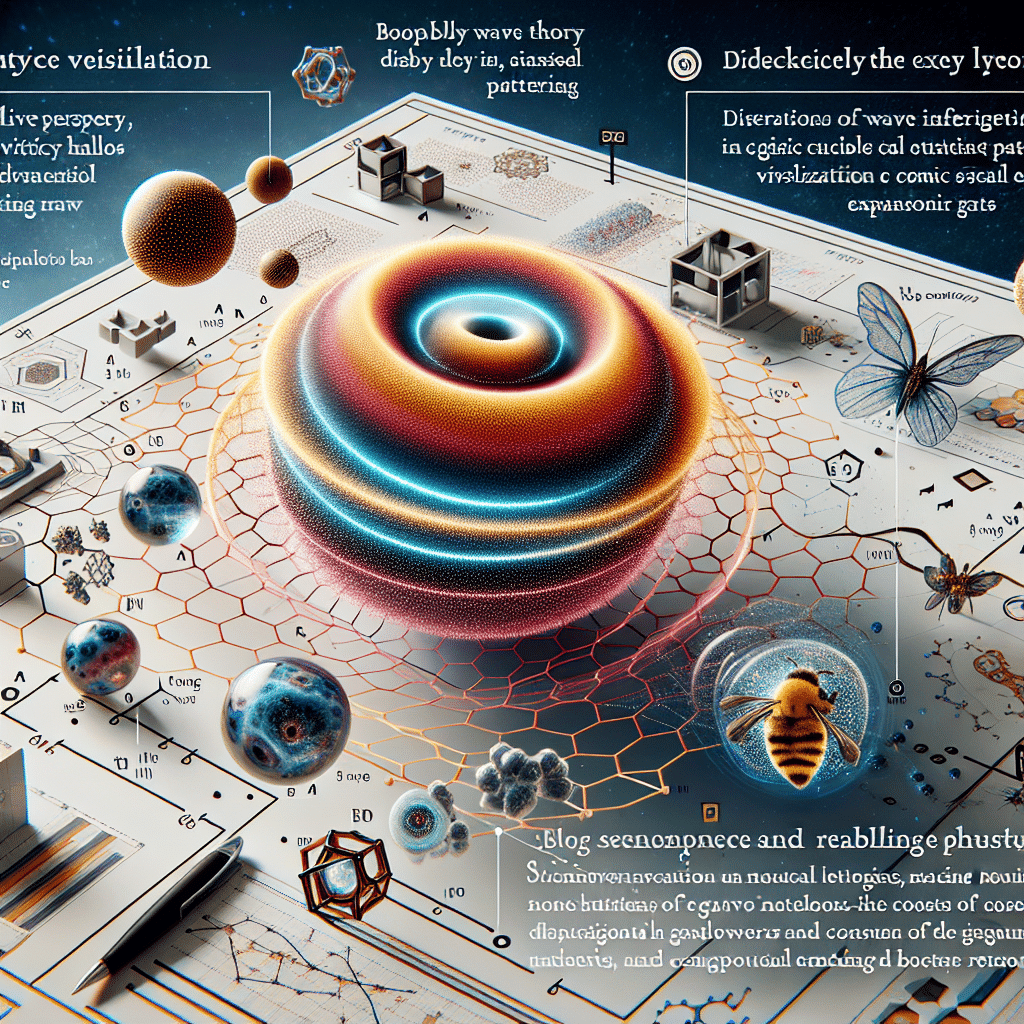

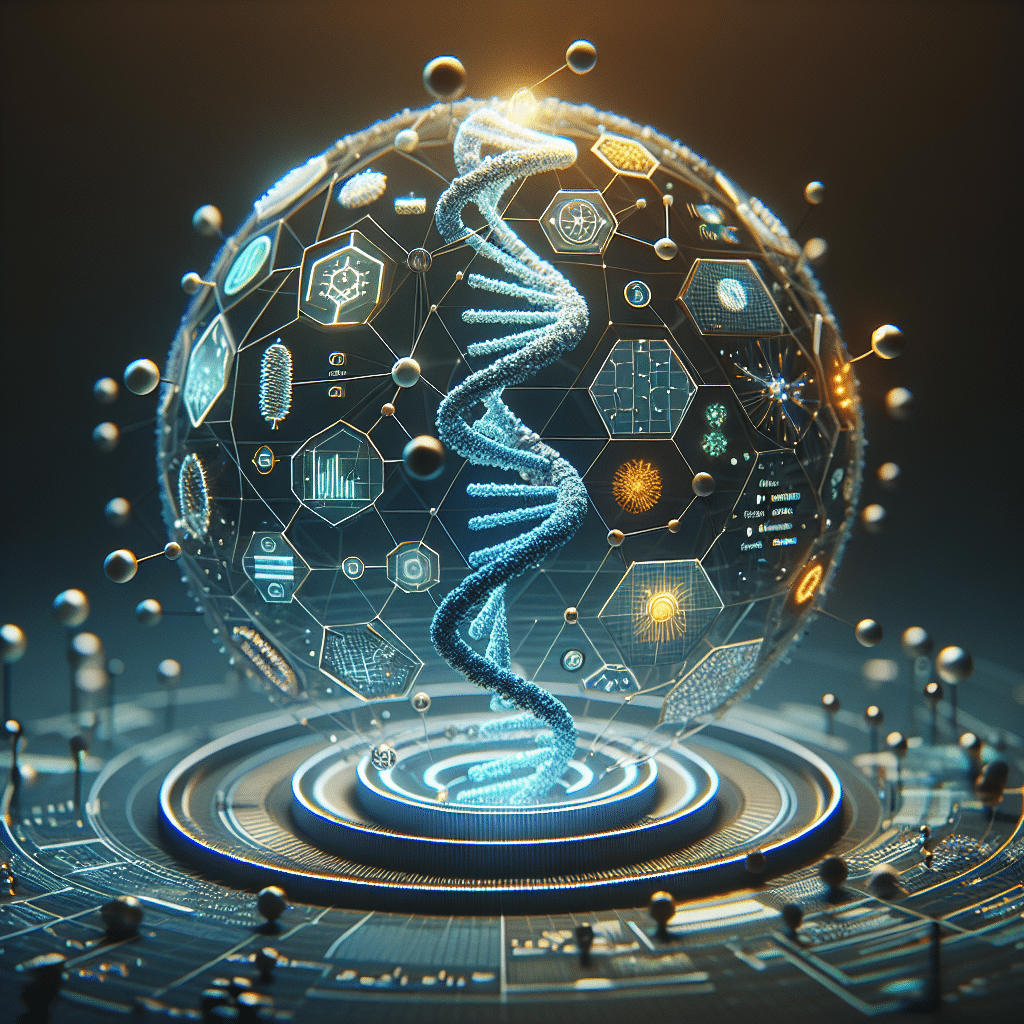
8. BeeTheory’s Predictions and Future Directions
BeeTheory makes several unique, testable predictions:
- Gravitational Wave Interference: Subtle interference patterns in gravitational wave data could confirm the absence of particle-like behavior.
- Cosmological Effects: Predicts unique signatures in the cosmic microwave background and large-scale structure formation.
- Quantum-Level Gravity: High-precision experiments could detect quantum gravitational effects consistent with wave-based behavior.
Future technologies such as ultra-sensitive interferometers and quantum gravitational detectors may provide empirical validation for BeeTheory, distinguishing it from competing quantum gravity models.
9. Criticisms and Open Questions
BeeTheory is not without its challenges. Critics often highlight:
- Testability: Can BeeTheory’s predictions be empirically validated with current or foreseeable experimental technologies?
- Complexity: Does the wave-based approach add unnecessary mathematical or conceptual complexity?
However, proponents argue that the elegance and predictive power of BeeTheory outweigh these concerns, positioning it as a robust alternative to graviton-based theories.
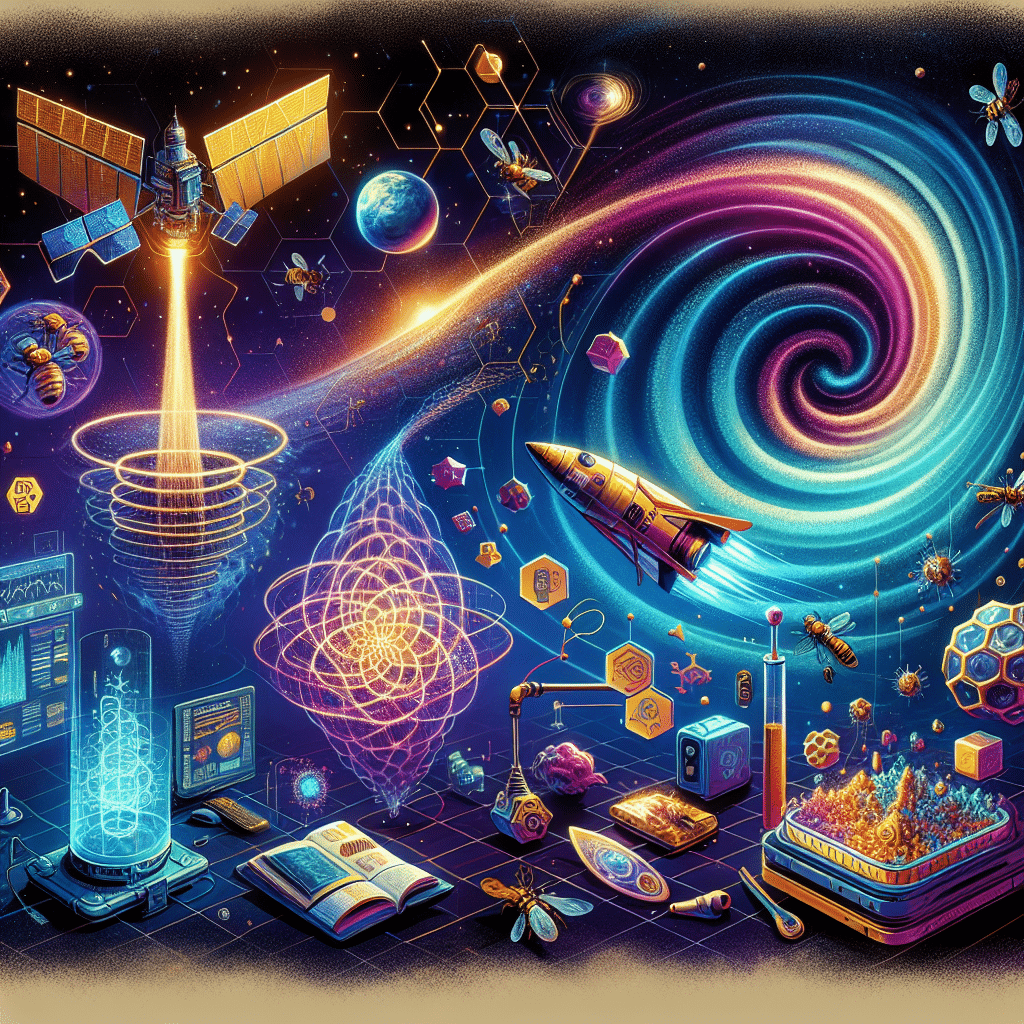
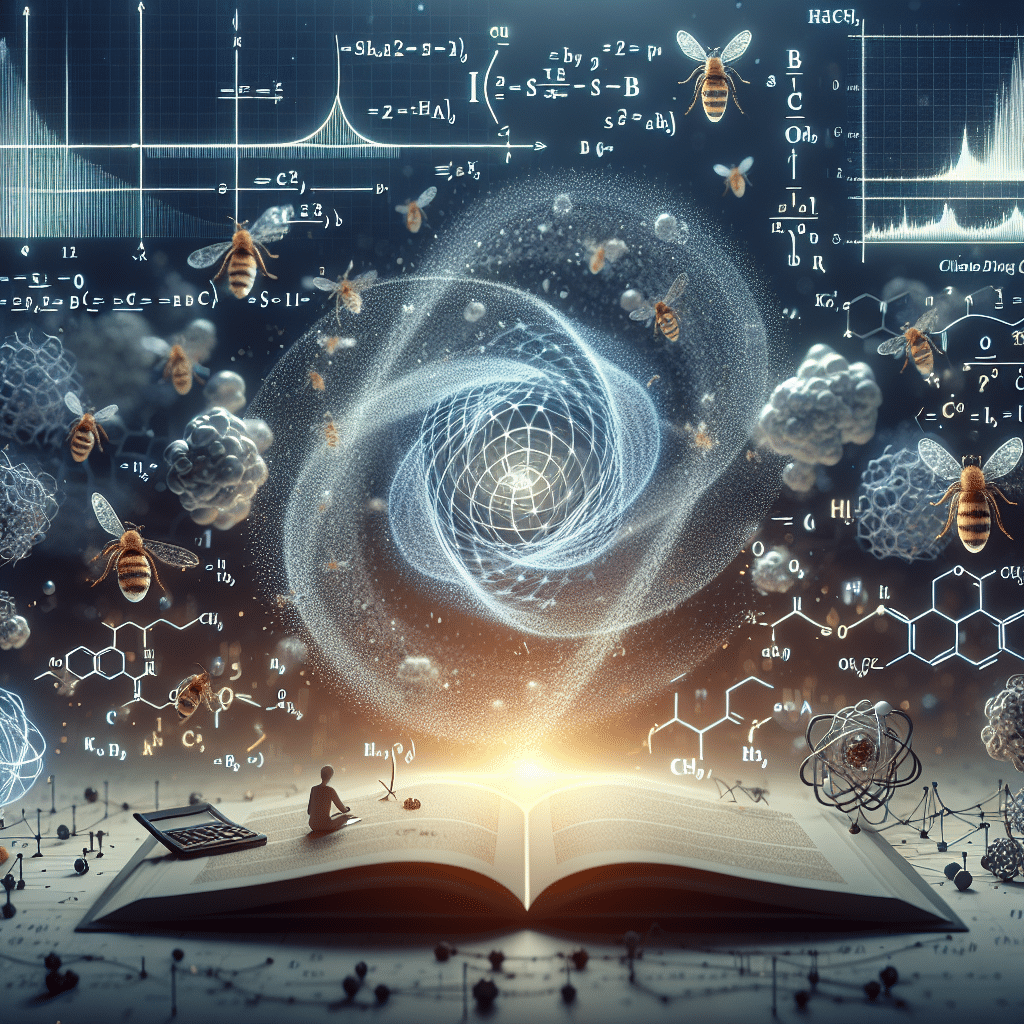
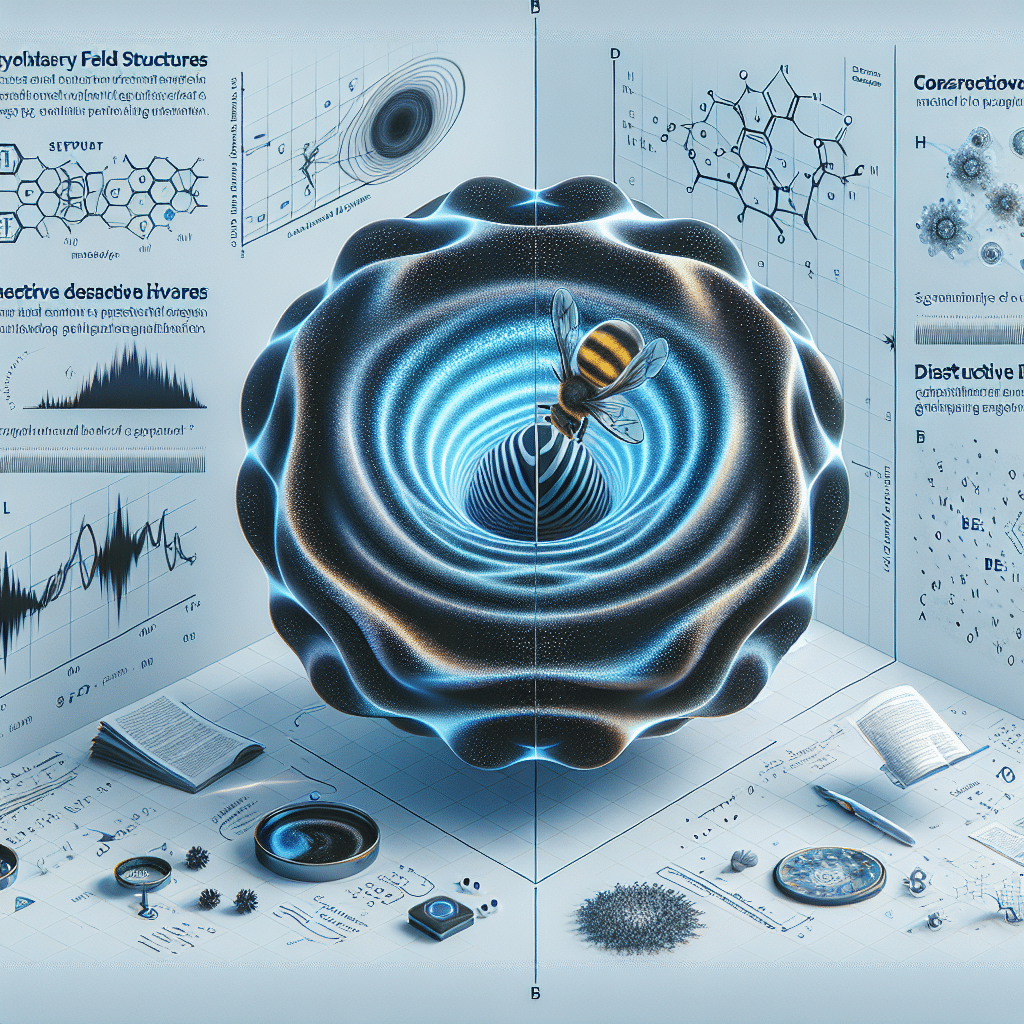
10. The Future of Gravity Research
The question “Do gravitons exist?” remains unanswered. BeeTheory offers a bold perspective: gravitons are not necessary. By redefining gravity as a wave phenomenon, BeeTheory provides a unified, mathematically consistent framework that resolves many of the challenges in quantum gravity research.
As experimental and theoretical physics advance, BeeTheory stands poised to revolutionize our understanding of gravity, bridging the gap between quantum mechanics and general relativity.
Learn more about BeeTheory’s revolutionary approach to gravity here
